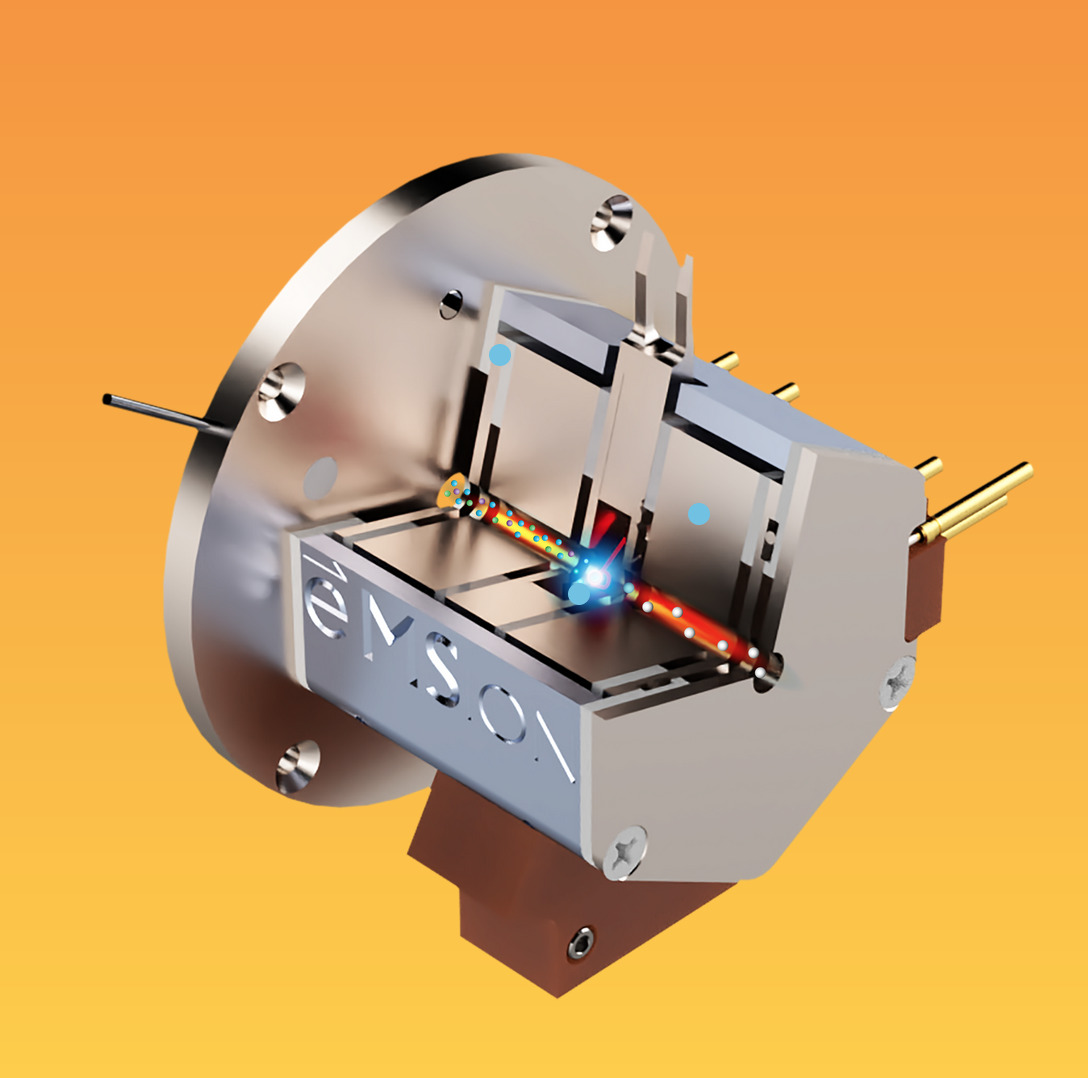Agilent acquires e-MSion and their ExD cell technology
Agilent acquires e-MSion and their ExD cell technology
Agilent Technologies has acquired e-MSion, an early-stage company behind the innovative electron capture dissociation (ECD) technology known as the ExD cell.
The ExD cell is a compact device for mass spectrometers that enables biological researchers to develop biotherapeutic products more quickly to treat disease. This is done by more comprehensively and precisely breaking the chemical bonds of complex biomolecules, enabling more complete, accurate, and detailed structural information to be obtained from them.
“The talented team at e-MSion has created an important technology in accelerating biopharma development,” said Jacob Thaysen, president of Agilent’s Life Sciences and Applied Markets Group (LSAG). “We are excited to integrate the ExD cell into our portfolio of advanced workflows, instruments, and analytical solutions for biotherapeutic characterization and development. Our customers will see tangible benefits from these unmatched capabilities.”
The ExD cell is compatible with instruments common in many labs, such as Agilent’s 6500 LC/Q-TOF series, which will make this powerful characterization technology – previously limited to only a few high-end mass spectrometers – more accessible to a larger share of labs and biopharma researchers worldwide.
In more technical terms, the ExD cell enables electron capture dissociation (ECD) and other modes of electron-induced fragmentation in benchtop mass spectrometers. Because of its superior characterization of larger proteins, protein fragments, and their amino-acid modifications, ECD is preferred over other dissociation techniques including collision-induced disso-ciation (CID), which is the dominant methodology used today. Agilent has worked closely with e-MSion for several years and has offered the company’s ExD cell technology with its 6500 series since 2019. e-MSion was founded by Oregon State University scientists, who developed the ExD cell.





